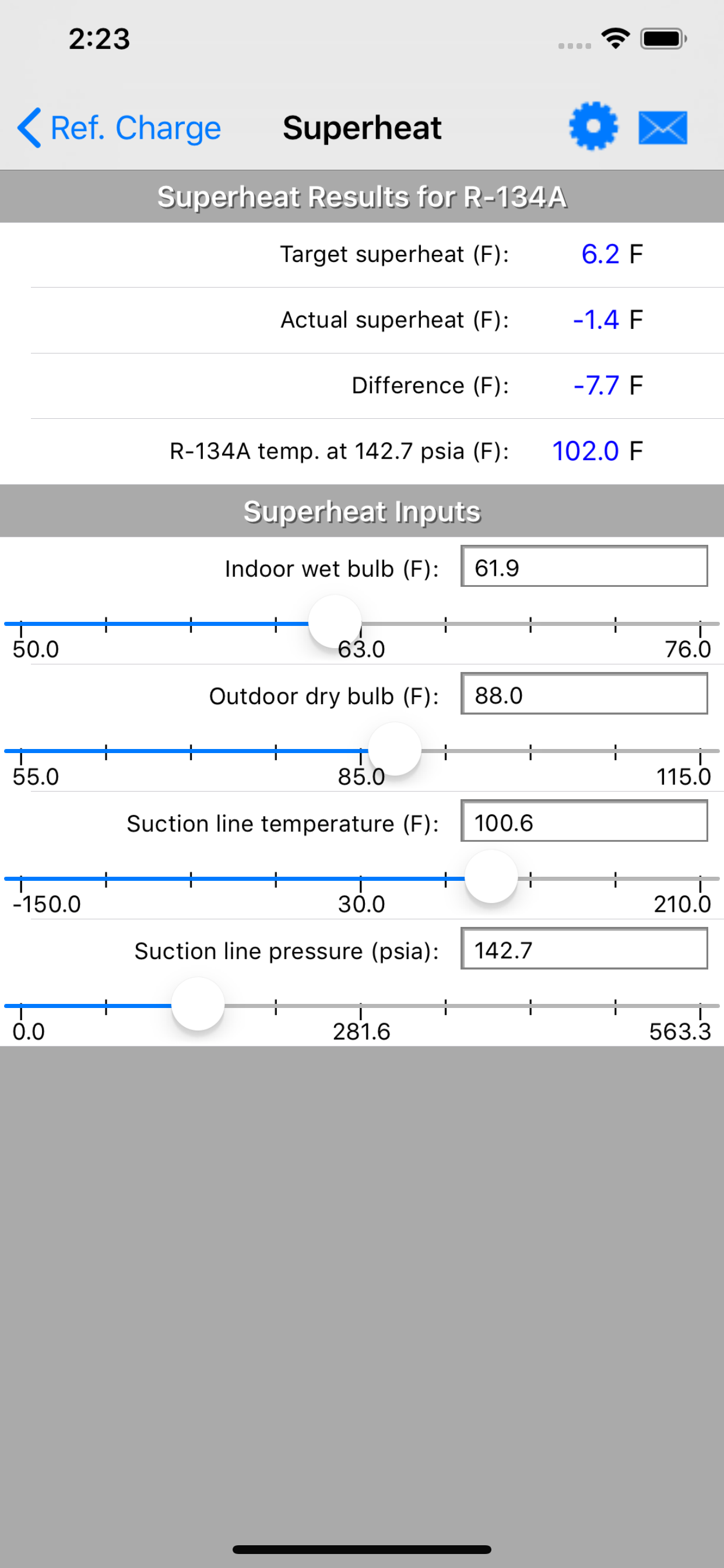
Camel Heat Load Calculation Software
Download now [ ] How To Install Delphi DS150E New VCI 2014.2 Software With Keygen. Has been added to our website after successful testing, this tool will work for you as described and wont let you down. Keygen generator download.
Heat Load Calculations 19 Sizing of the System 19 Cooling Load Estimator 20 Calculating the Residential Air Conditioning System Capacity 21 Air Flow Rates 22 Supply Air Register & Duct Sizes 23 Duct Sizes 24 Ventilation Sick Building Syndrome 34 Legionella Bacteria Office Buildings 34.
Your friend in indoor comfort & safety systems Indoor Comfort Systems, Building Control Systems, Fire Control & Supression Systems Cooling / Heating Load Software CARRIER HAP (Hourly Analysis Program) ($1495 US / $2050 Canadian) HAP is a dual function program - full-featured load estimating and system sizing for commercial buildings plus versatile hour-by-hour energy and operating cost analysis. Thermal loads are calculated using the ASHRAE-endorsed Transfer Function load method.
System components are sized using the System-Based Design concept, which applies the ASHRAE-endorsed Heat Extraction Methodology to link system performance to building thermal loads. Energy analysis uses full 8760 hours-per-year analysis to evaluate the operation of a wide variety of air handling and plant equipment. Operating costs are computed based on energy use and demand charges.
A wide range of tabular and graphical outputs is available. CARRIER System Design Loads ($795 US / $1090 Canadian) Design load estimating and system sizing for commercial buildings. Load calculations use ASHRAE-endorsed Transfer Function methodology. System components are sized using the System-Based Design concept, which applies the ASHRAE-endorsed Heat Extraction Methodology to link system performance to building thermal loads.
Specific system and component sizing for a wide variety of air-handling system types, with up to 100 zones per system. Includes a wide variety of graphical and tabular outputs CARRIER Block Load for Windows ($495 US / $680 Canadian) Full-featured design load estimating program for commercial buildings. Combines easy-to-use operation with fast, accurate load calculations. Efficient tool for sizing HVAC systems and equipment. Uses ASHRAE-endorsed Transfer Function load method. Suitable for both single and multiple-zone projects. Includes graphical output of both weather and psychometric data.
License of modelsim se version 10.1, 98256 records found, first 100 of them are. Download cracks, keygens. Download key generator for Mentor Graphics Modelsim SE 10.1c. ModelSim-Intel FPGA. ModelSim-Altera Starter Edition 10.1b for Quartus II. The Altera Program License Subscription Agreement governs the installation and use. Modelsim 10 license cracking. Nov 28, 2016 I have a new computer and re-installed ModelSim PE. MS-PE 10.5c continues to crash when initiating a simulation on a. We purchased a permanent license. RELEASE INFO:????? ~~~~~ ModelSim 5.7F is the latest version of Model Technologies's excellent VHDL/Verilog simulator. Unlike many HDL simulators, ModelSim is capable of doing mixed-simulations for designs involving Verilog AND VHDL.
TRACE™ 700 Load Design Comprehensive load design made easy Load Phase The Load phase of the program computes the peak sensible and latent zone loads, as well as the block sensible and latent loads for the building. In addition, the hourly sensible and latent loads, including weather-dependent loads, are calculated for each zone, based on the weather library. Design Phase The Design phase of the TRACE program calculates the design supply air temperatures, heating and cooling capacities, and supply air quantities given the peak load files generated by the Load phase. For applications where the building design parameters are known, you can override the calculation of these values using optional entries to the System phase. This gives you the ability to simulate existing buildings with installed equipment that may not be sized according to the loads calculated in the Load phase TRACE™ 700 Load Express Light commercial load analysis in a snap. TRACE 700 Load Express is exactly what its name implies: a quick-and-easy software application that calculates cooling loads, heating loads, and airflow capacities using ASHRAE-approved algorithms.
Combine the intuitive Microsoft® Windows-based interface with entries geared specifically for small to medium-sized light commercial buildings and the result is an incredibly short learning curve. TRACE 700 Load Express lets 'rookies' and experienced users alike perform accurate load calculations in minutes with just five simple steps: 1. Select a weather profile. Define templates.
Enter room parameters. Describe the air-handling system.

Assign rooms to systems. Easily calculates both Heat Loss and Heat Gain Explains how to size Furnaces and Air Conditioners Includes Duct Sizing and Hot-Water Baseboard sizing Clear uncluttered screens for entering house information. Simple, just follow the on screen numbered steps Commercial HVAC 'ASHRAE' Loads Chvac quickly and accurately calculates the maximum heating and cooling loads for commercial buildings. The cooling loads can be calculated with either the CLTD method or the new RTS (Radiant Time Series) method. The program allows an unlimited number of zones which can be grouped into as many as 100 air handling systems.
Chvac automatically looks up all cooling load and correction factors necessary for computing loads. In addition, it can look up outdoor design weather data for over 2000 cities located around the world.
There is also provision for editing the weather data as well as adding data for other cities. Comprehensive reports list the general project data, detailed zone loads, air handler summary loads, outside air loads, total building loads, building envelope analysis, tonnage requirements, CFM air quantities, chilled water flow rates (if applicable), and complete psychrometric data with entering and leaving coil conditions. Other outstanding features include ASHRAE Standard 62 analysis, automatic building rotation, 360 degree wall orientations, tilted glass, exterior shading, internal operating load profiles, variable indoor design temperatures, people diversity, pretreated outside air, seasonal infiltration and ventilation rates, reheat loads, duct gains and losses, and return air plenums.